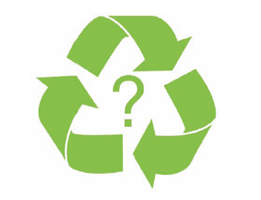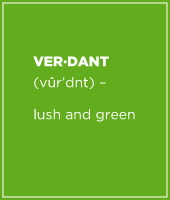| 
By Mindy Pennybacker
FROM JAGUAR ESTABLISHING
a conservation trust or the habitat of its namesake jungle animals
to Google
granting $5000 rebates to employees who purchase hybrid cars, corporations
are devising ingenious public relations ploys by adopting green
initiatives. With 70 percent of American consumers telling a National
Marketing Institute survey that they’ll gladly pay a premium
for eco sensitive products, many businesses are now concocting “green
hat strategies” to position themselves as being eco friendly.
But the evolving world of eco economics isn’t as simple as
black/hat green/hat. Along the spectrum from good guys to bad, grey—or
greygreen—is still the prevalent shade.
IT’S A
NEW LANDSCAPE
All over the economic landscape, companies are clamoring to prove
they’re greener than the next guy. Wal-Mart
is sourcing organic in food and cotton; McDonald’s, antibioticfree
chickens; Home
Depot, sustainably-harvested wood. Office
Depot; recycled paper. Firms from Bank
of America to BSkyB
are cutting back on pollution, energy consumption and greenhouse
gas emissions. GreenOrder,
a firm that specializes in strategizing green “makeovers,”
is consulting to the likes of General
Motors, GE
and Pfizer
with great success.
WHO DO WE BELIEVE?
Confronting a jungle of newly hatched green claims, earnest shoppers
are often puzzled or misled. Eco claims—“natural,”
“eco-friendly,” “non-toxic” and “free-range”—can
be both confusing and deceptive. “Backed by no set standards,
many of these self-proclaimed ‘virtues’ are simply meaningless,”
says Urvashi Rangan of the Consumers Union website www.eco-labels.org.
Critics point to British
Petroleum’s recent ecological problems in Alaska. While
touting its BP tagline, “Beyond Petroleum,” media coverage
suggests that BP was negligent with maintenance, resulting in the
much publicized pipeline mishap that temporarily sent oil prices
soaring. No wonder many wary shoppers are asking whether green advertising
claims are valid.
MISLEADING GESTURES
Consumer advocates maintain that green “gestures” should
not be used to mislead consumers. Starbucks,
for example, gets kudos from Worldwatch
for selling organic, fair-trade and shadegrown coffees, but in What
Matters Most, his book on socially responsible business trends,
Jeffery Hollender points out that these beverages represent less
than three percent of the company’s total product line.
And while Starbucks new hot cups use post-consumer
recycled (PCR) and unbleached paper, their bottled water suggests
another greygreen dilemma. For each bottle of Ethos
Water sold, the company donates five cents towards cleaner drinking
water in less developed countries. Purists ask whether that contribution
actually compensates for the fossil fuel expended trucking heavy
cases of water to their stores. And what about the non-renewable
plastic bottles that are principally tossed and not recycled? These
are what are known as grey green issues.
Continues—next
page
Page 1 | Page 2
| Page 3
|
|





















